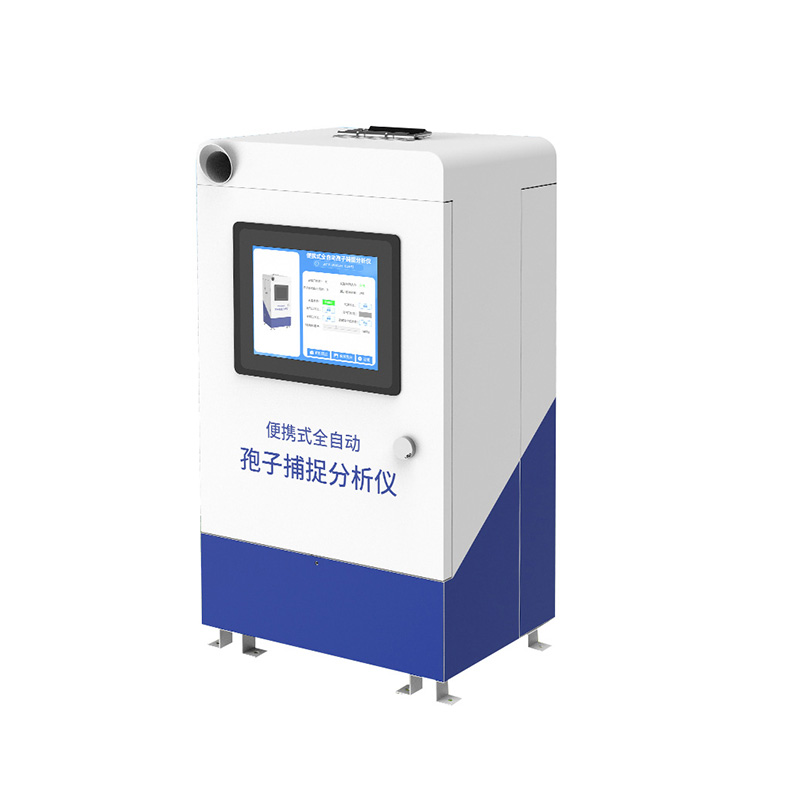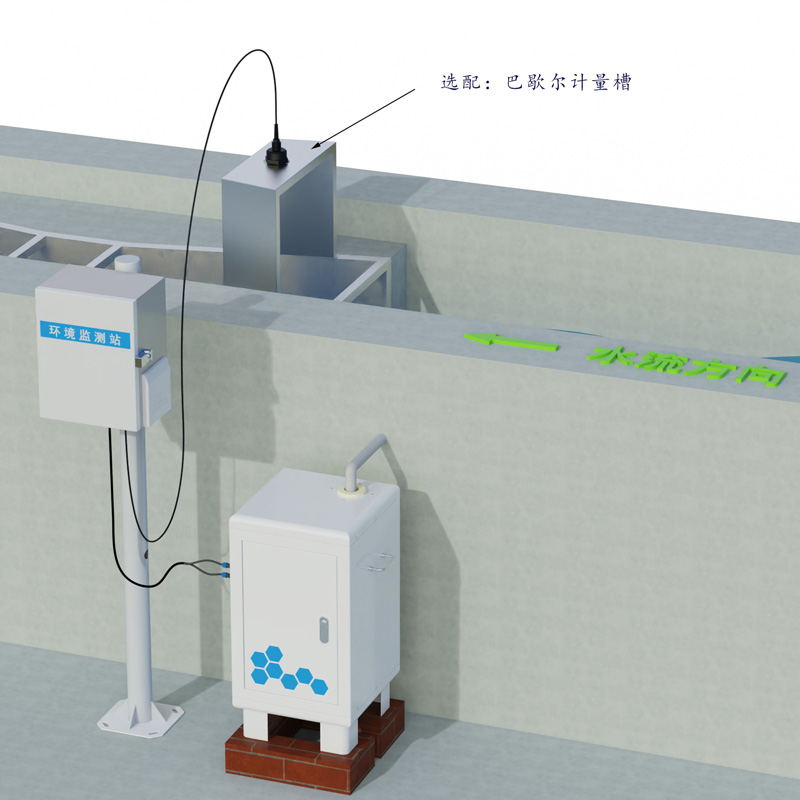The impact of meteorological conditions on agriculture is of paramount importance, which is determined by the natural attributes of agriculture. Most agricultural production activities take place in natural environments and depend on the growth of living organisms, whose growth processes are significantly influenced by climatic conditions.
In the case of crops, for example, their growth depends on four key factors: light, temperature, moisture and nutrients. Of these, light, temperature and moisture are directly related to meteorological conditions, while the processes of nutrient decomposition and absorption are also closely related to climate. Crops can grow healthily when climatic conditions are suitable, i.e. when meteorological factors such as light, temperature and moisture are optimal for crop growth; however, extreme or unfavorable meteorological conditions, such as excessively high or low temperatures, excessive rainfall or droughts, can negatively affect crop growth and even lead to a decline in yield.
Installing Agricultural meteorological stations on farmland provides instant monitoring of local climatic conditions, including key meteorological parameters such as temperature, humidity, light intensity and precipitation. This monitoring capability gives farmers a comprehensive view of the climatic conditions on their farmland.
With this real-time data, farmers can better predict and respond to weather changes, such as timing irrigation based on changes in temperature and humidity, or adjusting planting schedules based on light and rainfall. Such information enables them to make more informed decisions, optimize crop management, improve growing conditions, and ultimately enhance crop quality and yield.

This paper addresses:https://fengtusz.com/industry/447.html









